Tibet Train Safety: Is It Safe to Take a Tibet Train Tour?
Just like trains on other routes in China, trains to Tibet are generally very safe. If you’re planning this journey, you might wonder about some safety-related issues such as altitude sickness, luggage security, food safety. Don’t worry - these are common concerns but pose minimal risk and are easy to manage.
In this guide, we’ll walk you through everything you need to know safety on Tibet train. Read to know how the oxygen supply works to ease high-altitude travel, where to store your luggage safely, what to expect from the dining car, and tips for traveling with confidence, and more.
CONTENT
Will I Suffer from Altitude Sickness on the Tibet Train? Oxygen Supply Available
During the Tibet train journey from inland cities to Lhasa, the altitude rises gradually, and the oxygen content in the air decreases, which can cause altitude sickness. Common symptoms of altitude sickness include headaches, nausea, dizziness, loss of appetite, and insomnia.
Altitude sickness is a normal phenomenon, and there’s no need to worry excessively. The train’s oxygen supply systems and onboard medical services are in place to ensure your health to the greatest extent possible.
Two types of oxygen supply systems
The main oxygen supply system on the train is the dispersion oxygen system, which begins to operate at Golmud Station (at an altitude of approximately 2,800 meters). It delivers extra oxygen into the air through the air-conditioning system, keeping the oxygen content in each carriage at a proper level.
If your symptoms get worse, then you should use the other oxygen supply system—the private oxygen outlet. To use it, you should first locate the outlet near your seat or bed. Then, ask for a free oxygen tube from the train staff. Last, connect the tube and breathe normally, and you’ll feel better in a few minutes.
The medical team on Tibet train
Every Tibet train is equipped with a small medical car, which is usually staffed by a doctor and a nurse available 24/7. They have professional experience in handling high-altitude-related health issues, as they receive special training on recognizing and treating altitude sickness symptoms.
If your symptoms persist or worsen—even after using the oxygen systems—never hesitate to inform the train crew and they will assist you in seeing the doctor for medical support. For more serious cases, the medical staff can coordinate with the train’s control center to arrange for emergency stops or contact local hospitals along the route, ensuring you get further treatment without delay.
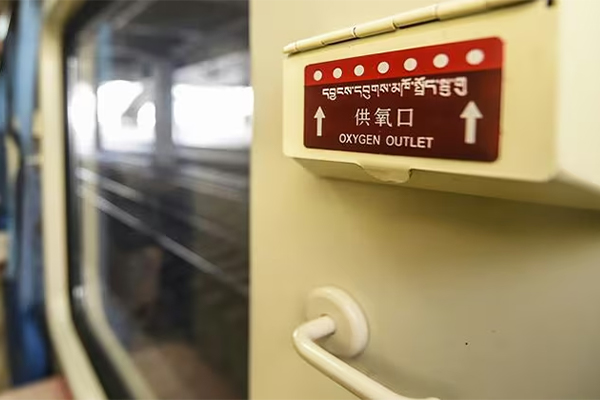 Every Tibet train is equipped with oxygen outlets for passengers to use.
Every Tibet train is equipped with oxygen outlets for passengers to use.Some other tips for preventing altitude sickness
Before your departure, you’d better avoid heavy exercise and always stay hydrated. Also, you can consult your own doctor about medications like acetazolamide and paracetamol for both prevention and treatment.
When you are already on the train, just walk slowly and avoid unnecessary movement to maintain your energy. Eat light food and avoid alcohol and caffeine, which may dehydrate your body. Also, getting yourself enough sleep is the key to adjusting to the altitude change and maintaining your energy for the coming Tibet trip.
Is My Luggage Safe When Taking a Tibet Train? Generally Safe with Basic Precautions
Security is taken seriously all along the train journey, so rest easy—your luggage is mostly safe on Tibet trains. This is largely thanks to strict security checks before boarding, safe luggage storage areas onboard, and the presence of train staff who stay on duty throughout the journey.
Security checks before boarding: Every piece of luggage and all the bags that travelers carry must pass through X-ray security checks, just like at airports. This keeps dangerous items off the train, making the whole environment safer for everyone’s belongings.
Luggage storage areas onboard: Each carriage has dedicated overhead racks above the seats and larger storage areas at the ends of the carriages (near the doors and toilets) for bigger suitcases. These spaces are easily visible from most seats.
If you're traveling in a soft sleeper compartment, there's enough space to store larger bags securely under the lower berths, keeping them within your compartment. And the door of the soft sleeper cabin can be locked for privacy and safety.
Regular patrols of train staff: Train attendants will regularly patrol the aisles, checking tickets, ensuring safety, and maintaining order. Their presence acts as a deterrent to any potential wrongdoing.
Here are a few simple tips to put you more at ease about your luggage safety:
Small bags and valuables (like passports or phones) are best kept with you, maybe in a crossbody bag or backpack you can keep close. Never leave them alone in plain sight or in public areas.
Larger suitcases fit nicely under lower berths or in the overhead racks—just give them a quick check now and then, especially when the train stops at stations.
If possible, it’s better to lock your bags and suitcases, especially those stored out of your sight.
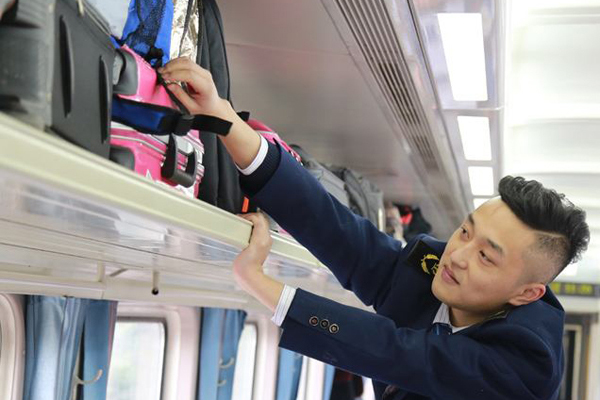 A train attendant is adjusting the luggage to store it correctly and safely.
A train attendant is adjusting the luggage to store it correctly and safely.Are the Food and Drinks Safe on Tibet Trains? Simple but Hygienic Meals Provided
Although food (including dishes, snacks and fruits) and drinks provided by the dining car and the food trolley are generally simple, they are totally safe to enjoy.
First, all ingredients are carefully sourced and checked. The train staff works with trusted suppliers to ensure all ingredients such as meat, vegetables, grain, and oil meet food safety standards.
Meanwhile, the dining car on Tibet train is equipped with specialized refrigeration and freezing equipment, ensuring that perishable ingredients like meat and dairy products are kept under safe storage conditions even if it takes a long transportation time.
Besides, meals are prepared in clean, enclosed kitchens on board. Chefs wear masks, hats, and disposable gloves while working. The staff will clean and disinfect the floor, tables and work surfaces in time to maintain the hygiene of the dining car environment.
For drinks, in addition to sealed bottled water and other beverages from the food trolley, each carriage has 24/7 hot water dispensers providing free boiled water—perfect for making tea or instant soups without worry.
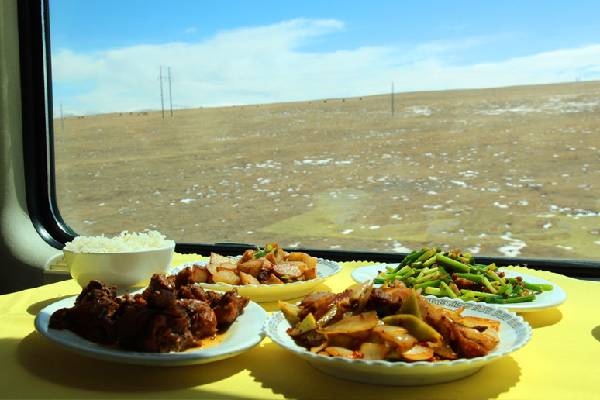 The dining car of the Tibet train offers simple but hygienic and healthy meals for passengers.
The dining car of the Tibet train offers simple but hygienic and healthy meals for passengers.Is It Safe for Female Travelers to Take the Tibet Train?
There are plenty of measures in place to keep everyone comfortable and secure on Tibet trains, so female travelers can feel totally assured.
Before boarding, every passenger must go through strict identity checks and security screenings. Your ID or passport is verified, and all luggage is scanned—this ensures that everyone onboard is traceable, and no dangerous items are carried on the train.
Once on the train, there are police officers on duty 24/7, with regular patrols through the carriages. Meanwhile, the trains are equipped with a comprehensive surveillance system that fully covers all public areas of the carriages. Thus, the overall environment on the train stays controlled and secure.
We recommend female passengers book soft sleeper tickets, as the doors of soft sleeper compartments can be locked, offering better safety and privacy. Additionally, you can apply to the ticket office for an all-female compartment, or ask the crew to move you to a compartment with more female passengers. The staff will respect every traveler and do their best to meet your needs.
Is It Safe for Kids and Seniors to Take the Tibet Train?
The same as female travelers, it is also safe for both kids and seniors. That said, it’s best for the elderly to be accompanied by family members, and kids should always be with their parents. Here are some tips for these two types of passengers:
For seniors: First, it’s advisable to have a physical check-up before the trip to ensure they’re in good condition for traveling to high places. Bring essential medications, especially those for chronic illnesses, and keep them easy to reach.
During the journey, avoid sudden movements or strenuous activities to reduce the risk of altitude discomfort. Stay hydrated but do not drink too much, and dress in layers to adapt to temperature changes in the train and at stops.
For kids: Bring their favorite snacks, toys, or books to keep them occupied during the long ride. Dress them in comfortable, breathable clothes suitable for varying temperatures. Tell them not to run around the train car to avoid accidents, and ensure they get enough rest to stay energetic for the journey.
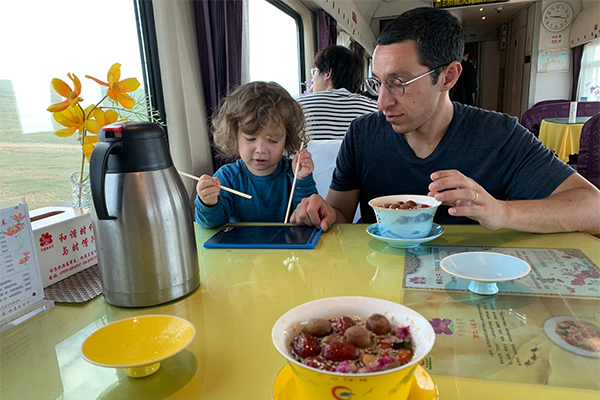 Kids should always be with their parents during the Tibet train journey.
Kids should always be with their parents during the Tibet train journey.More Insider Tips for a Safe and Smooth Tibet Train Trip
Note the location of emergency exits and fire extinguishers in your carriage when you first board, in case of an unexpected situation (though such cases are extremely rare).
If you are in a soft sleeper cabin, lock your compartment door when you want to take a rest or leave for the toilet. This keeps your belongings safer.
Be mindful of your surroundings when the train stops at stations. Pickpockets are rare on Tibet trains, but it’s better to keep valuables within your sight all the time.
To avoid accidents, do not lean against the carriage doors while the train is moving. When walking through the aisle, you can hold onto seat backs to avoid falling, especially during bumpy stretches.
If you feel unwell—whether it’s altitude-related symptoms or other illnesses—don’t hesitate to ask staff for help immediately.
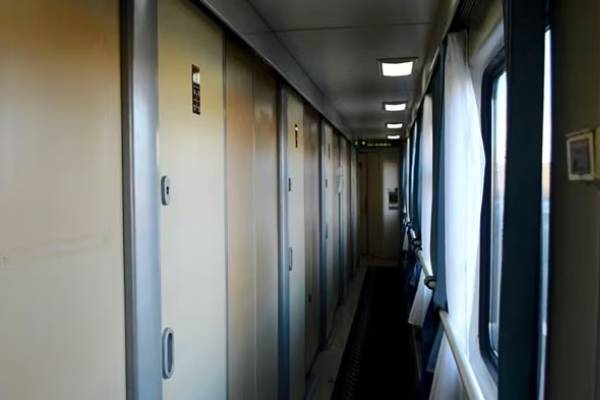 The door of the soft sleeper cabin in a Tibet train can be locked for better privacy and safety.
The door of the soft sleeper cabin in a Tibet train can be locked for better privacy and safety.Conclusion
All in all, taking a Tibet train tour is not just an amazing adventure—it’s also a safe one! From altitude sickness support and luggage security to food safety and care for specific groups like female travelers, kids, and seniors, the Tibet train has you covered.
By following the practical tips provided—such as preparing for altitude changes, securing your valuables, and taking care of personal health—you can minimize risks and focus on enjoying the journey. If you’ve got more questions about Tibet train safety, feel free to contact us anytime and we’ll try our best to make your trip as safe and smooth as possible.
Related Readings:
Recommended Tibet Train Small Group Tour Packages
-
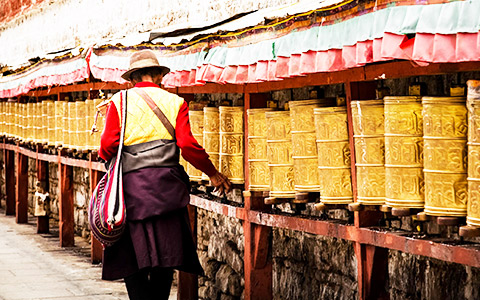 HOT7 Days Central Tibet Culture Small Group Tour with Qinghai-Tibet Train Experience
HOT7 Days Central Tibet Culture Small Group Tour with Qinghai-Tibet Train ExperienceTibet train (from Xining) - Lhasa - Gyantse - Shigatse - Lhasa
Only From: USD879
View Details -
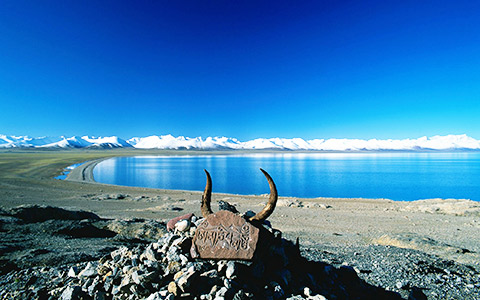 HOT9 Days Central Tibet and Namtso Small Group Tour with Tibet Train Experience
HOT9 Days Central Tibet and Namtso Small Group Tour with Tibet Train ExperienceTibet train (from Xining) - Lhasa - Lake Namtso - Gyantse - Shigatse - Lhasa
Only From: USD1045
View Details -
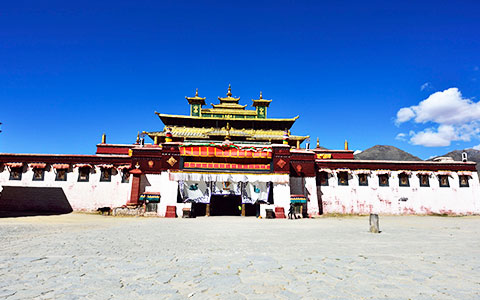 HOT7 Days Lhasa to Tsedang Small Group Tour with Tibet Train Experience
HOT7 Days Lhasa to Tsedang Small Group Tour with Tibet Train ExperienceTibet train (from Xining) - Lhasa - Tsedang - Lhasa
Only From: USD835
View Details -
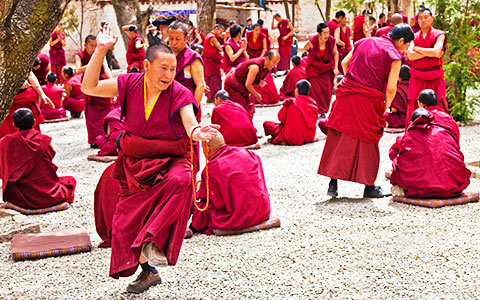 HOT6 Days Lhasa Three Major Monasteries Small Group Tour with Tibet Train Experience
HOT6 Days Lhasa Three Major Monasteries Small Group Tour with Tibet Train ExperienceTibet train (from Xining) - Lhasa - Drak Yerpa - Ganden - Lhasa
Only From: USD645
View Details
 BACK
BACK
0 Comment ON "Tibet Train Safety: Is It Safe to Take a Tibet Train Tour?"